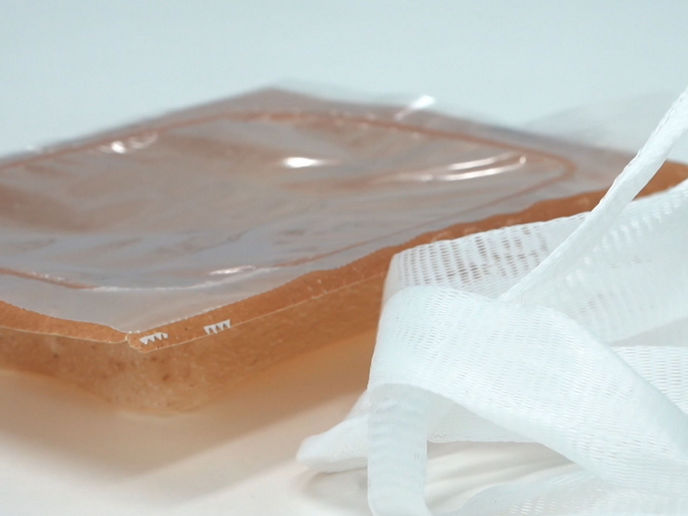A new biodegradable, recyclable, flexible paper-based packaging joins the circular economy
The strong trend today is to replace fossil-based, plastic packaging with bio-based materials, in particular paper and board. These materials should meet the necessary performances to ensure the preservation of the foodstuffs, as well as offer good end-of-life alternatives, such as recyclability and biodegradability. This trend is driven both by regulations, such as the Single-Use Plastics Directive from the EU(opens in new window), and by consumers who are much more aware of environmental concerns than before and are looking for sustainable packaging. In this context, cellulosic materials are ideal, as they can easily be part of a circular economy.
Lighter, flexible paper-based packaging
The www.sherpack.eu (SHERPACK) project that received funding from the Bio-based Industries Joint Undertaking, a public private partnership between the EU and industry, developed a flexible paper based packaging for dry food, such as cereal or coffee. The several layers of this novel material provide barrier and sealing functionality on the one side and added stiffness while decreasing the overall weight on the other. This breakthrough was achieved through three patented innovative technologies. First, the wet lamination of a microfibrillated cellulose (MFC)(opens in new window) layer on the paper substrates provided a superb barrier to grease, oxygen and contaminants. The coating of a specially developed biopolymer also provided water and water vapour barrier; while the liquid water barrier performance was good, the water vapour barrier needs to be improved. Finally, the screen-printing of a starch grid with a specific design improved the stiffness and grip. Even if the water vapour barrier still needs work, the other performances are outstanding. “The material that we developed is bio-based, recyclable and biodegradable, and does not contain any aluminium or fossil-based plastic materials,” explains Caroline Locre, SHERPACK project coordinator.
MFC shows promising results
The development was carried out up to small pilot scale, as SHERPACK was a Research and Innovation project, and the project ended with A4 sized proof of concept. Additional work is underway to industrialise the different technologies initiated in the project. In addition, since the end of SHERPACK, a small MFC wet lamination pilot machine has been set up at the French Pulp and Paper Research & Technical Centre Centre Technique du Papier(opens in new window). It is being used in the framework of another Bio-based Industries project called Celluwiz(opens in new window) to continue developing the technology to produce small reels of MFC-covered papers and boards. “Our consortium demonstrated that a bio-based, paper-based, recyclable and biodegradable material can be achieved and provide sufficient protection to pack certain foodstuffs,” concludes Locre. Moreover, it showed the viability at small pilot scale of several processes of the future that could be used to eliminate part of the aluminium and petrol-based polymers used today in the packaging industry. Project documents and videos are available(opens in new window).







